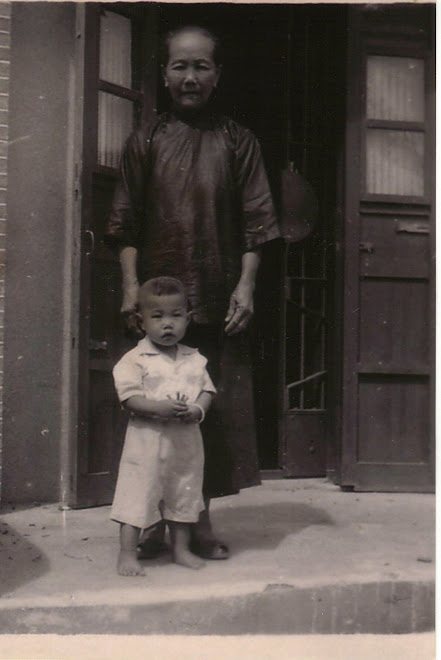I have a huge family. On my side, 9 aunts and uncles and 29 first cousins; on my husband’s 26 aunts and uncles and god knows how many cousins.
We know almost none of them.
Growing up, both families kept in better touch, but I lost track of all of my own relatives more than a decade ago, through neglect, poor sibling relations in the older generation, my own poor relationship with my father and a family culture that never emphasized togetherness. We’re better with my husband’s family, where we at least know everyone’s name, but as they all live out West (and by “out West” I mean anywhere from San Francisco to LA to China to Thailand), we see each other in spurts when some branch of the family vacations near another.
Or when someone dies.
My husband’s cousin June, daughter of his eldest aunt, died the day before the Solstice this year. We knew June rather well, and her children, who are my age. Therefore, this Solstice Sowing is for her; I hope to be able to plant some of them in my own garden in the spring, and get some to her family in San Francisco.
Solstice Sowing is a tradition among gardeners, to plant something for the spring on the darkest day of the year, to honor the return of the sun and the promise of next year's garden. Four types of seeds are planted.
The first set of seeds are seeds of remembrance and should be seeds of flowers that remind us of someone we knew and loved but who is now gone from our lives forever. I’ve planted Angelonia, for the Angel in the name.
The second set of seeds represent seeds of life and should be for plants that will make fruit or nectar and invite birds and butterflies to our gardens. I’ve planted sunflowers, which were a gift from Renee’s Garden.
The third set of seeds should be tree seeds. We can honor Mother Nature by growing trees that will help clean the air we breathe, reduce excess sun on the soil, and provide shade for our heads on a hot summer’s day. I took a cutting from my Magnolia; despite the cold and the date, the wood was green and pliable.
The fourth set of seeds are seeds of faith, for which I have chosen Anemone. The plant you sow for “faith” should be a zone that is beyond ours in warmth. It will help us to remember that we accept the “Leap of Faith” in our hearts and know that Mother Nature is capable of miracles. Anemone is a flower filled with meaning, both mythical, traditional and personal. They represent everlasting love in the language of flowers. These are also the flower of the god, whose blood renews the earth in the spring. As a flower of the Greek highlands, they represent my own Greek heritage.
Finally, these seeds showed up in my mailbox one day, with several others. I have never been able to determine who sent them, so perhaps they’re a gift of the goddess, who will be honored to have them planted as she welcomes June back to her heart for eternity.
